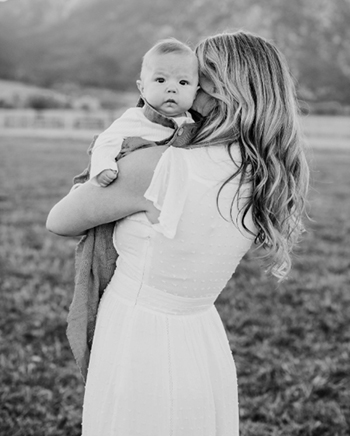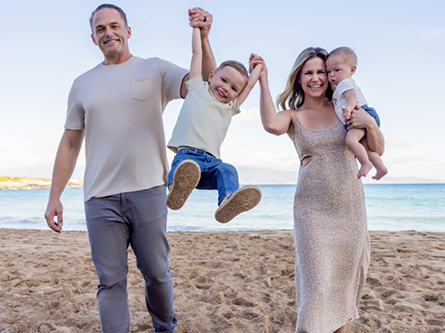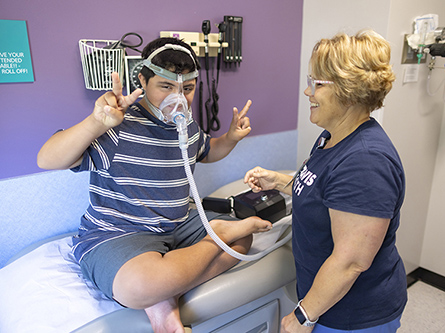Ryder Nunes was diagnosed with Robin sequence, a rare condition in which an infant has a smaller than normal lower jaw and a tongue that falls back in the throat. One out of every 8,500 to 14,000 babies are born with the condition, which had gone undiscovered during pregnancy.

Robin sequence can cause an infant’s tongue to be pushed far back in the throat, prompting severe trouble breathing and swallowing without assistance. In severe cases, an infant will need a tracheostomy, a life-saving procedure where a surgeon opens a hole in the patient’s neck and connects a tube for unimpeded breathing.
To prepare for the procedure, Alex Marston, a pediatric head and neck surgeon and a member on the multidisciplinary UC Davis Cleft and Craniofacial team, utilized a new technology called augmented reality, which is being used by some UC Davis Health surgeons.
Through augmented reality goggles, surgeons can project 3D computed tomography (CT) and MRI scans that overlay critical information directly into their field of view.
During the procedure, surgeons made a small incision under Ryder’s jaw on both sides of his neck. They cut his mandibular bone, commonly known as the lower jaw, on both sides to separate the front and back of the jaw.
The team placed two distraction devices on each side and attached them with pins to the front and back sections of the bone. Small activation arms were then connected to the distraction devices so that they could be turned and widen the cut mandibular bones.
A few days after surgery, the team maneuvered the activation arms to slowly move Ryder’s jaw forward, widening the space between the cut edges of the bone and allowing new bone to form in the space.
“We have the utmost gratitude for the UC Davis care team. They gave our child a chance to live a normal life,” said Katie Hunter, Ryder’s mother.





